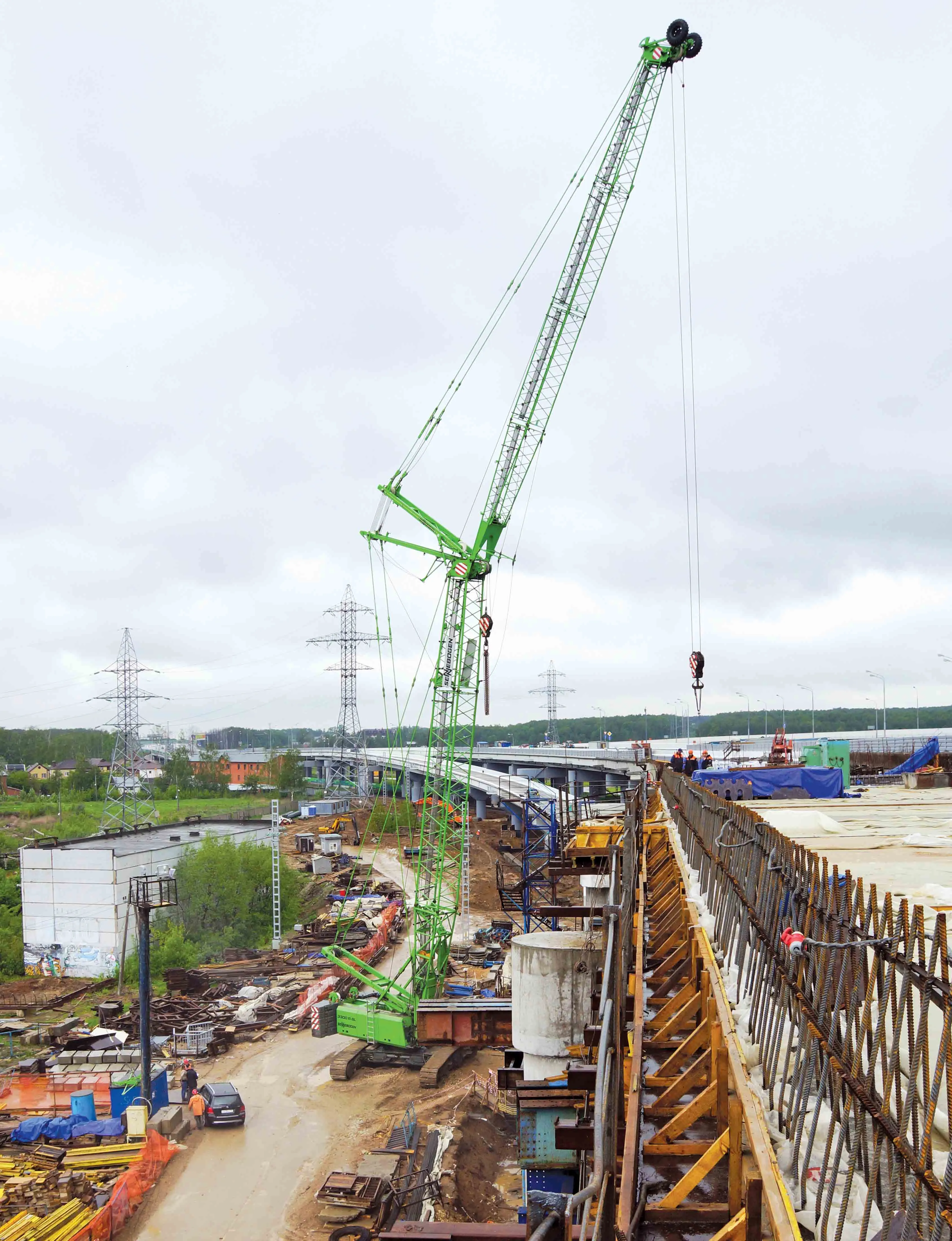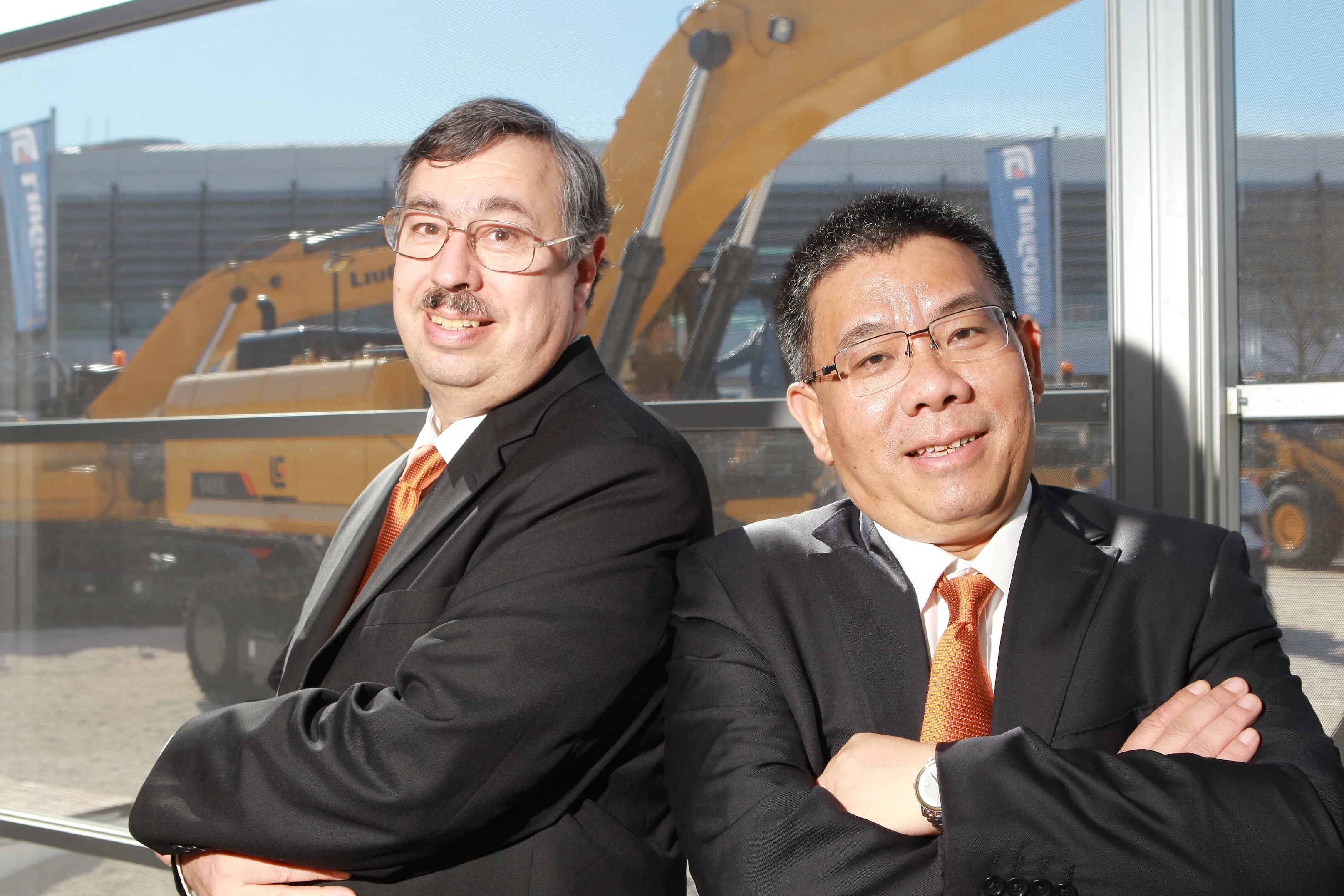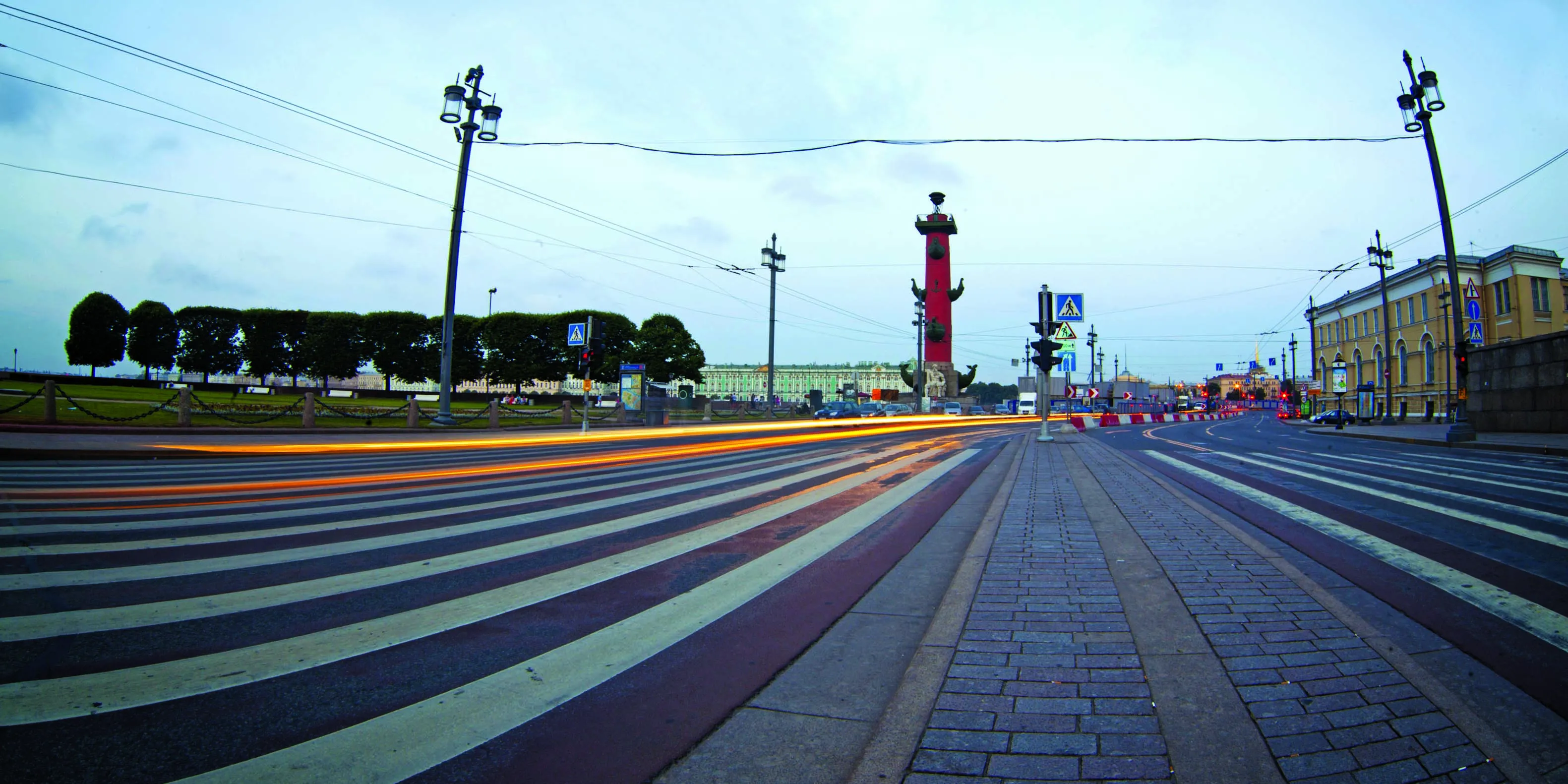
Numerous large infrastructure projects are currently underway in Russia’s capital Moscow, which are being built to help reduce the city’s chronic congestion problem
Many of Russia's new road projects under construction are being built by a leading Russian contractor, Mostotrest. The firm specialises in bridge and road construction and is now using a new
Clearly new infrastructure projects are desperately needed to deal with these issues and new traffic junctions are needed there. One of these is the west-east connection of the city centre through a new expressway route. A Sennebogen 3300 crawler crane is being used for the numerous lifting tasks around the construction project. In the current construction phase, a multi-lane urban highway is being built that is elevated on stilts and is to relieve the existing road network. In the future, traffic will flow into the city on several road levels. The concept includes numerous grade-separated exits as well as the expansion of the Moscow Ring Motor Road. The entire reinforced concrete structure will have a road length of over 3km, including all exits. In addition, there is a lot of supporting and foundation work to get the Molodogvardeiskaya expressway into shape for the future.
A 120tonne capacity crawler crane is being used for lifting tasks and as a pick-and-carry machine. This crane was delivered by Sennebogen’s sales and service partner for Russia,
Dressta’s Russia dealer
To support its global network, DRESSTA has a technical service organisation within eight commercial and aftermarket hubs around the globe located in Russia, US, South Africa, Brazil, United Arab Emirates, Netherlands, Poland and Singapore.
Dressta already has a proven track record in the CIS - Commonwealth of Independent States of former Soviet Union constituent nations - having delivered around 14.000 units. As the official distributor, Ferronordic Machines will also take over responsibility for the aftermarket support of the existing machinery population of Dressta bulldozers and pipelayers in Russia. Ferronordic already offers units from








